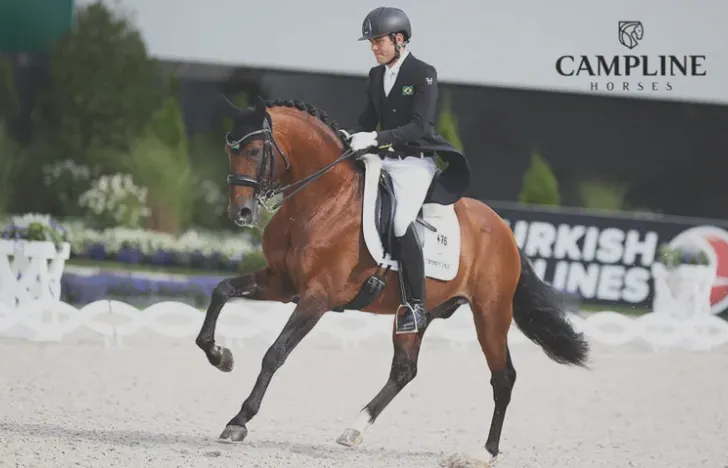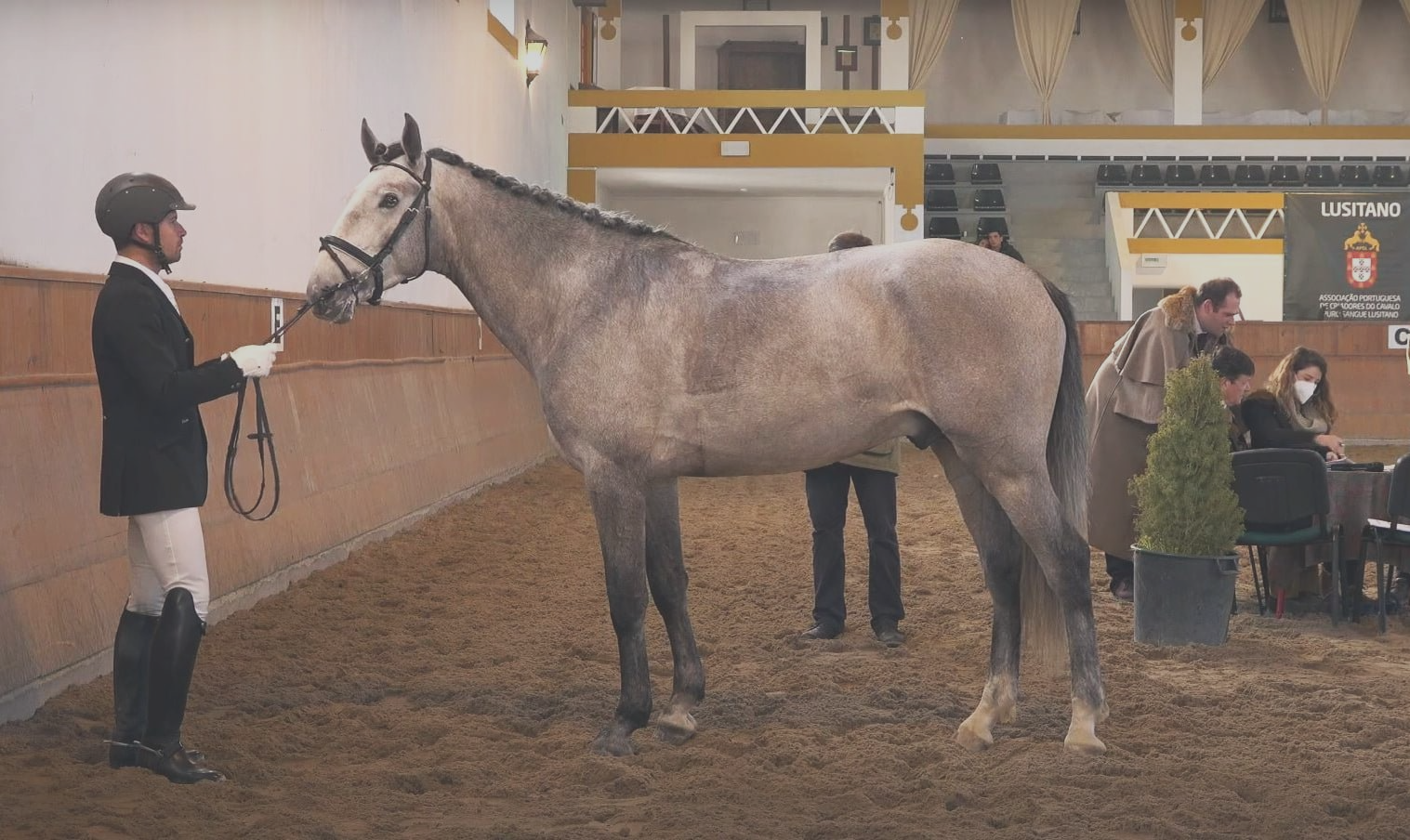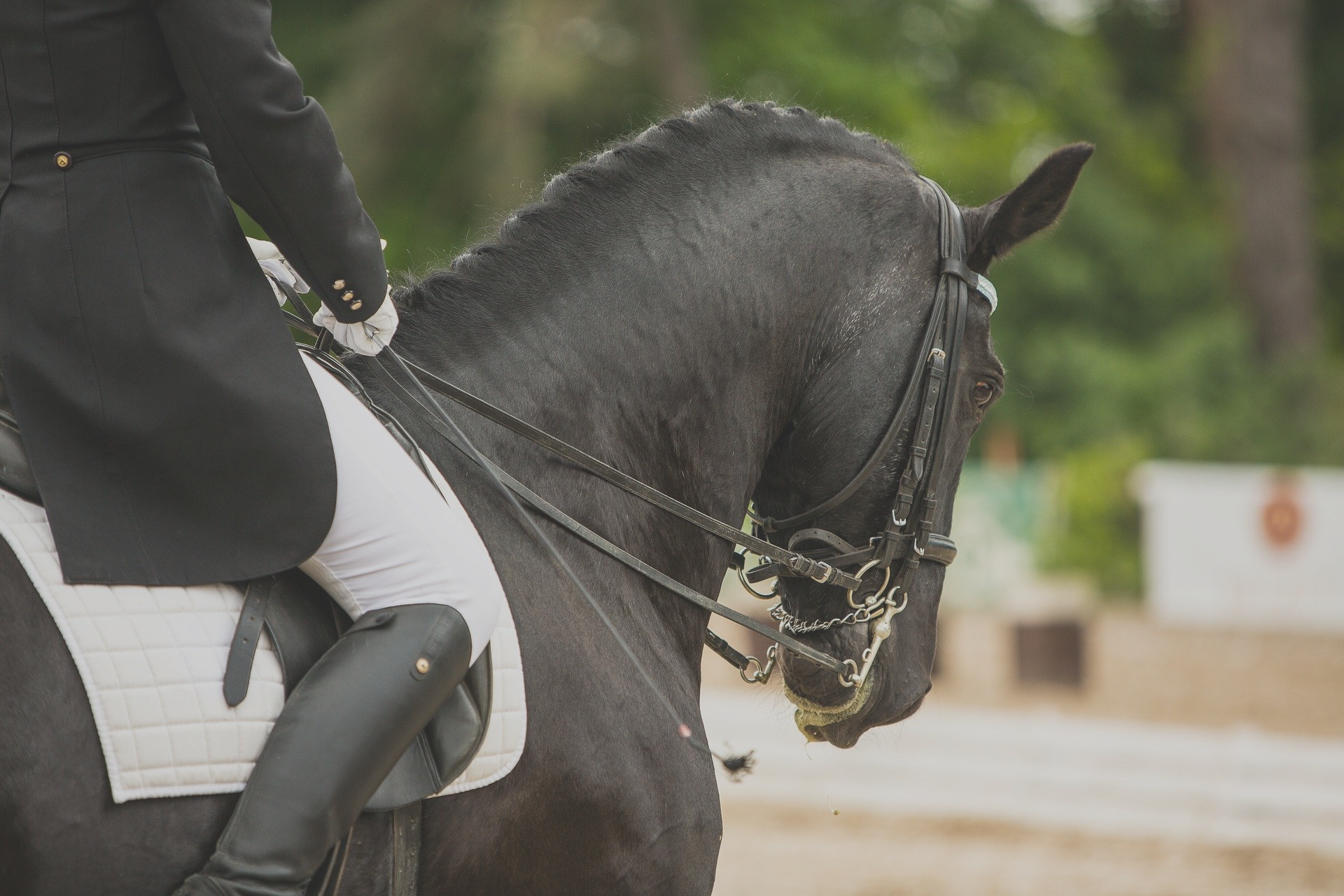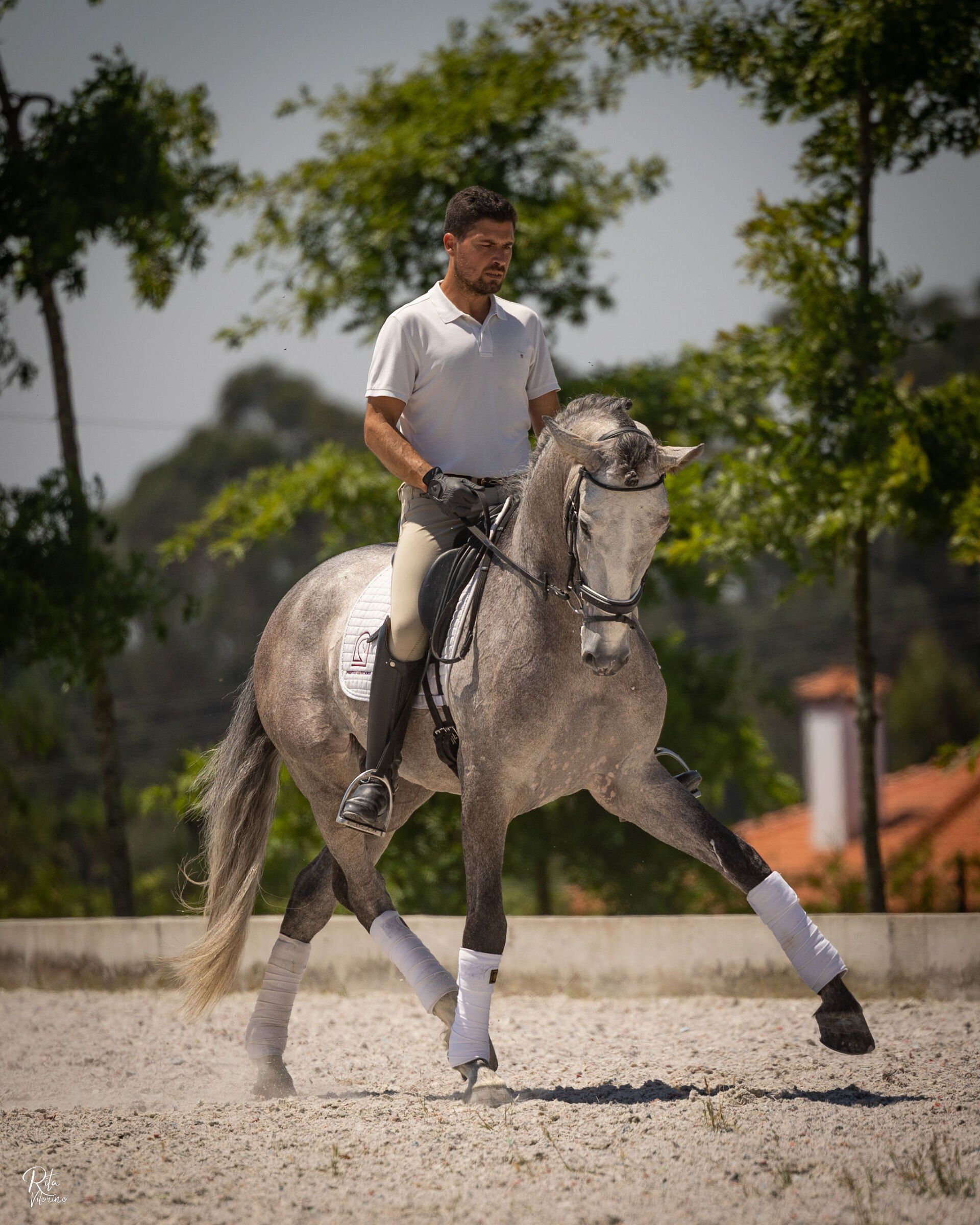A view on Dressage Top Competition Breeds
The breeds of dressage horse prevailing at the top of the sport
What are the best horse breeds for dressage? Well, dressage in its simplest form means “training”, and is all about working in harmony with your horse to help him improve suppleness, flexibility, obedience and athleticism – and ultimately become more pleasant and responsive to ride. As a result, any breed of horse has the ability to do dressage, and as long as they have reasonable conformation, should be able to attain a basic standard. However, some horse breeds are certainly more suited to the high levels of the sport. We take a look at some of those here…
Warmbloods
The vast majority of horses you will see competing successfully in top level dressage are warmbloods. A warmblood is an athletic, modern type of horse originally produced by crossing a hot-blooded horses, such as a thoroughbred, with the cold-blooded horse, such as a draught horse.
You will hear horses referred to as a German warmblood, for example, or a Danish warmblood, or a Dutch warmblood. This means a horse of one of the studbook organisations from that country, for example a Dutch warmblood is a horse bred under the KWPN studbook. A German warmblood could be one of many German horse breeds, including the Oldenburg, Westfalian, Hanoverian and Trakehner.
When it comes to the most successful horse breeds in dressage, it is interesting to look at the 18 horses that reached the individual dressage final at the Tokyo Olympics in 2021. Nine of them, so 50%, were KWPN. Three were Hanoverian, two were Westfalian, and one each represented the Trakehner, Danish Warmblood and Oldenburg breeds. Only one horse out of the 18 was not a warmblood, and that was Fogoso, a Lusitano stallion who finished 16th for Portugal’s Rodrigo.
While the KWPN breed clearly dominates the list, the top three horses who reached the podium were of three different breeds: Jessica von Bredow-Werndl’s ride TSF Dalera (Trakehner), Isabell Werth’s ride Bella Rose (Westfalian) and Charlotte Dujardin’s Gio (KWPN).
A warmblood horse’s individual bloodlines, talent, temperament and training will have greater influence when it comes to success in sport than its specific breed. That said, it is notable that arguably the two greatest dressage horses of all time, Totilas and Valegro, were both KWPN, which speaks volumes for the influence of the breed on modern dressage.
Iberian breeds
Horse breeds from the Iberian peninsula have become increasingly popular for dressage in recent years. These breeds include the Spanish PRE (Pura Raza Española) and Andalusian horses, and the Portuguese Lusitano horse.
At the Tokyo Olympics, every member of the Portugal team rode Lusitano horses, which illustrates the breed’s ability to perform top level dressage. The team finished eighth.
Iberian horse breeds typically possess excellent temperaments and trainability, and often show particular aptitude for the collected work, which gives them an advantage when it comes to exercises such as piaffe and passage at the very top level.
One of the most famous Iberian dressage horses is the PRE stallion Fuego de Cardenas, who finished in the top 10 individually at the 2010 World Equestrian Games, the 2011 European championships and the 2012 Olympics, gaining a plethora of fans along the way.
And it’s not just riders from Spain or Portugal who opt to ride Iberian horses: Brazil’s Joao Victor Marcari Oliva rode Lusitano stallion Escorial in Tokyo, and British riders such as Vicki Thomson-Winfield, Jacky Stolper, Becky Edwards and Karen Shepherd have had great success competing Iberian breeds at high level.
Source: Horse and Hound, UK











